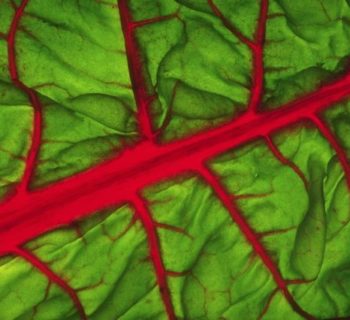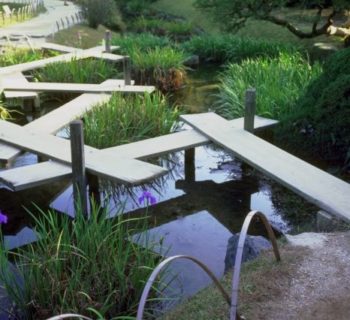As the readers of this blog have observed, most of my posts since November 2012 have dealt with our EU-funded Learning Layers (LL) project. However, now the Learning Layers project has been completed and the final review has taken place (I blogged on this in January and February). During its active period (2012-2016) the project supported the introduction of digital media, web tools and mobile devices to support workplace learning. Our organisation ITB was in charge of the sectoral pilots in North German construction industry and craft trades. The ITB team worked mainly with the intermediate training centre Bau-ABC Rostrup and with the network for ecological construction work (NNB) in Verden. The main achievement of the construction pilot was the co-design, development and pilot testing of the “Learning Toolbox (LTB)” - an integrative toolset to support learning at work. The key activities and results reported by the ITB team are presented on the final website “Learning Layers Results”. So, now we have been moving on to follow-up activities.
By the end of the project the ITB team had started follow-up projects (funded by the German Federal Ministry of Education BMBF) with focus on training of construction site managers (DigiProB) and self-organised learning of adults in the context of ecological construction work (DieDa). After the Learning Layers the ITB team has also started several mini-pilots (on using the LTB) with interested construction companies and vocational education and training providers.
What have we learned in this transition phase?
Firstly, the transition has meant a step from a long-term project that engaged a Europe-wide consortium to small-scale follow-up initiatives. Secondly, it has meant a change of perspective from developing and testing new digital tools to a phase of adaptation of these tools and setting them to new contexts. Thirdly, it required a change of focus from solutions that could be scalable for wider exploitation to context-specific integration of digital media to company-specific work and business processes.
In this respect the cooperation that my ITB colleagues have been developing with some interested construction companies has been of interest. With one company (specialised in pipeline-building) they have agreed on a mini-pilot that starts with a one-week visit to analyse the needs, challenges and interests that provide the basis for introducing Learning Toolbox (and complementary solutions). With another company (specialised in wood constructions) they have found a possibility to link the Learning Toolbox to a complementary software solution (that focuses on domain-specific work processes). With both cases there is a challenge to bring the newer discussion on Building Information Modelling (BIM) closer to the work processes of skilled workers and construction site managers. And as we know from the pilot activities of Learning Layers, the Learning Toolbox was welcomed by construction professionals and apprentices as an appropriate toolset for learning in the context of work.
So, I wish my colleagues luck with their efforts to run their mini-pilots and to draft funding bids for new project proposals. In the meantime I am working with a parallel initiative with Bau-ABC trainers to promote digital media and web resources (including LTB) in the area of ‘health and safety’ (Arbeitssicherheit und Gesundheitsschutz). But that is already a topic for another blog post.
More blogs to come ...








